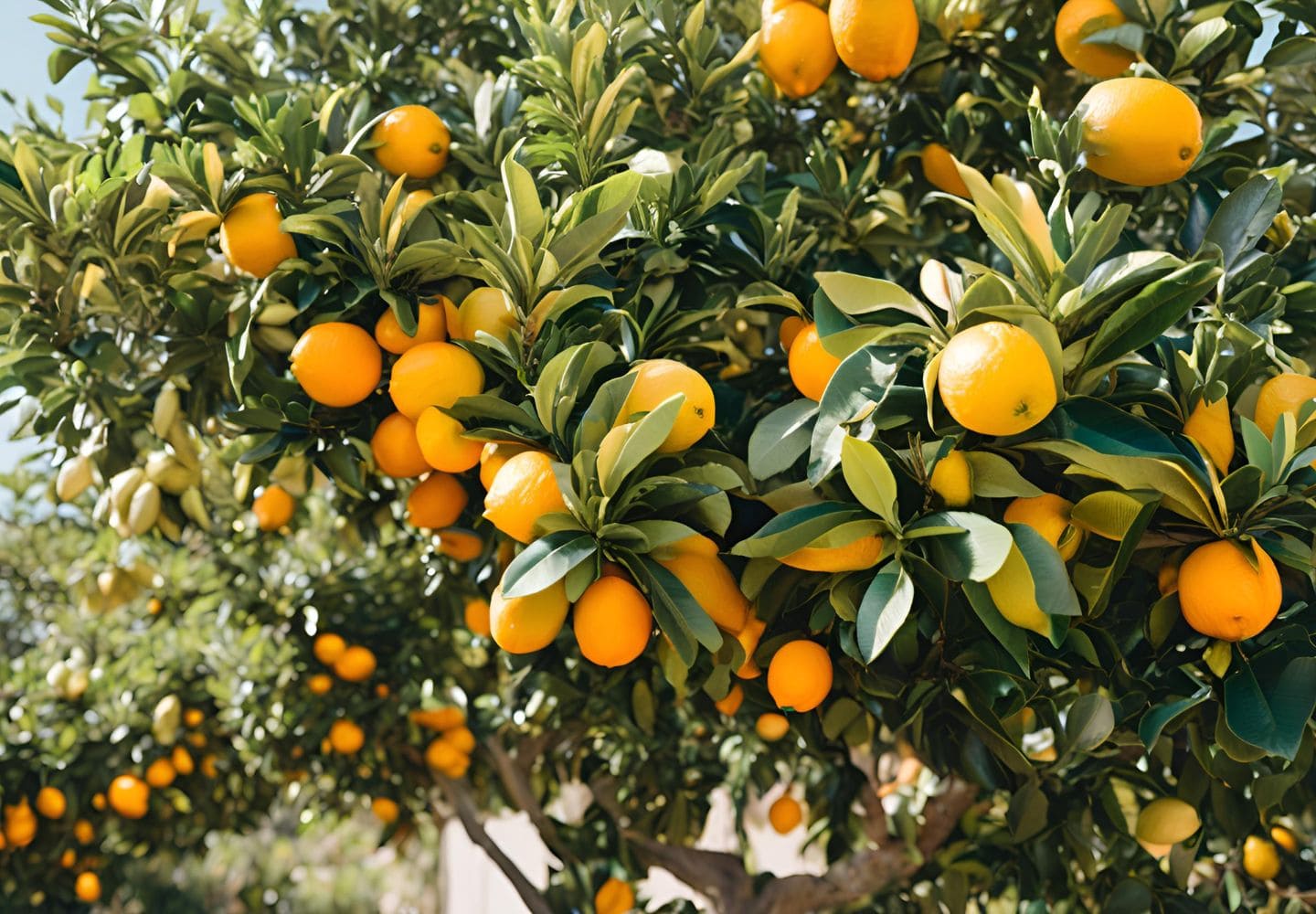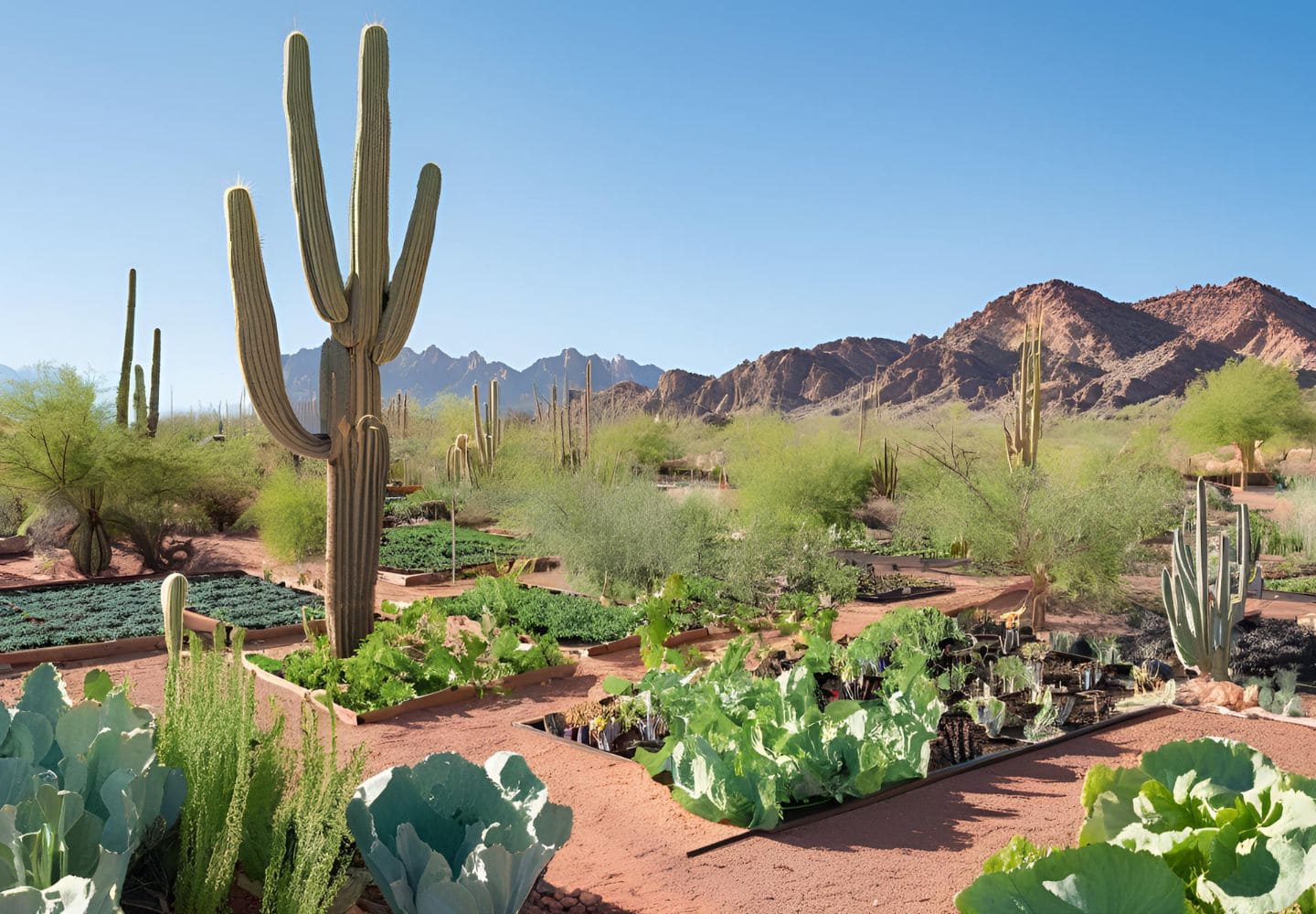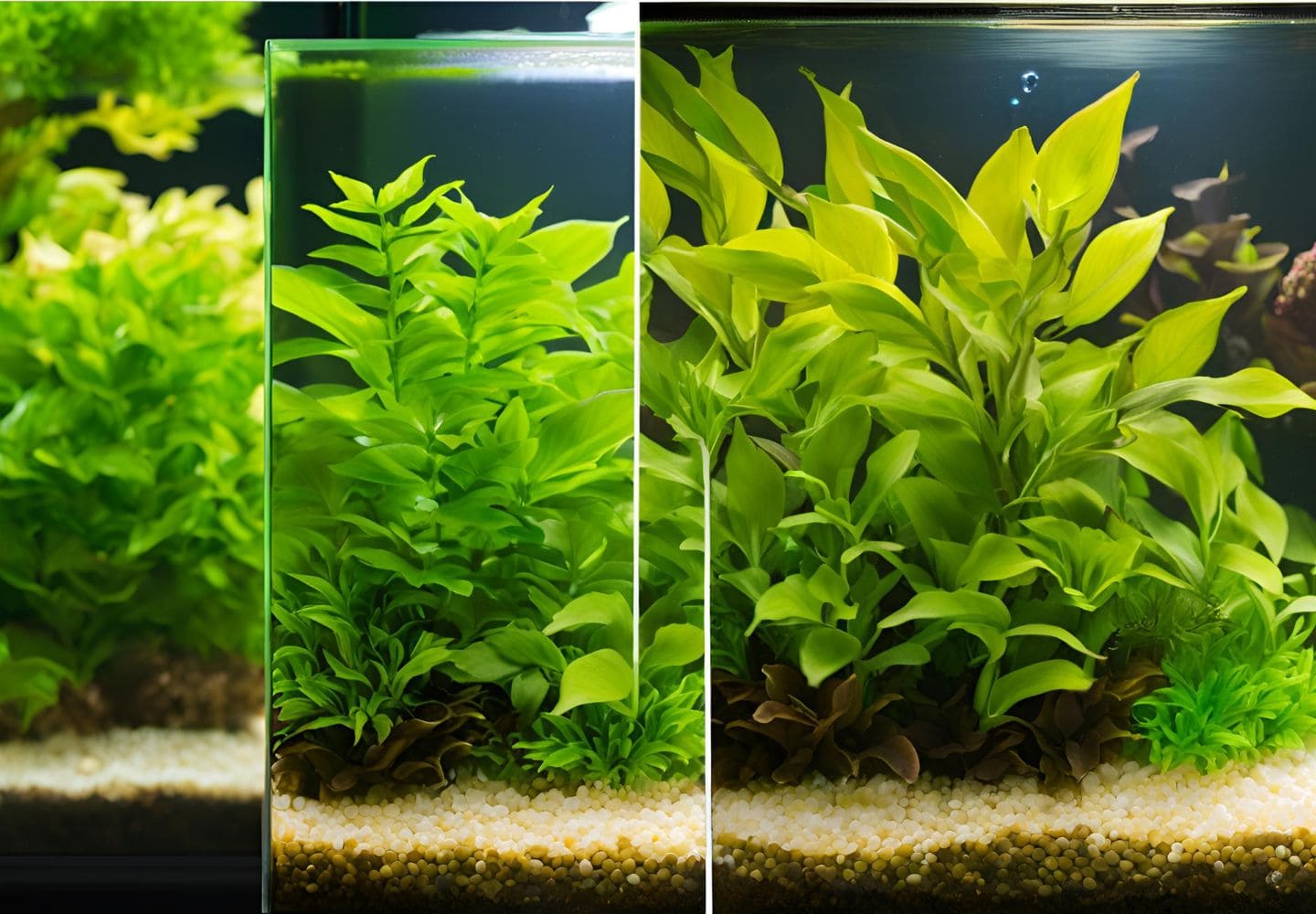
Introduction
Aquarium plants are not only gorgeous but also essential for a well-balanced, thriving fish tank. These plants will help to oxygenate the water, while also providing cover for fish and balance in an aquatic environment. Knowing how to select, plant and care for aquarium plants is crucial for a prosperous underwater environment at beginner or seasoned fishkeepers alike.
This post is going to dive into the specifics of various aquarium plants, their advantages and how you can bestial look after them. So we will also discuss some expert advice and future trends in the arena of aquarium plant care.

Types of Aquarium Plants
Floating Plants
Floating plants, such as duckweed and water lettuce, stay on the water’s surface and do not require planting in the substrate. They provide shade for fish and help reduce algae growth by absorbing excess nutrients. They are also perfect for low-maintenance tanks as they require minimal care.
Rooted Plants
Plants rooted in the substrate, such as Amazon sword and Vallisneria. Rooted Plants- These plants have roots and are rooted, those rooty things help them with plausible holding in the tank. They need certain nutrients to grow well and that is being supplied by root tabs or they can be grown in a nutrient rich substrate.
Epiphyte Plants
Anubias, and Java ferns are epiphytes that adhere to rock or driftwood as opposed to being buried in the substrate. It is low maintenance & suitable for beginners as it has the potential to withstand various water conditions.
Carpet Plants
Also known as carpet plants, species such as Dwarf Hairgrass look great and become a lush forest like on the floor of your tank. Aquascaping uses these plants, grow with adequate lighting and the nutrient levels to fill out properly.
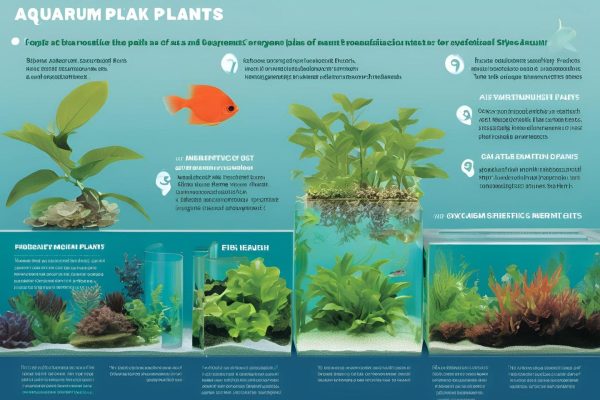
Benefits of Aquarium Plants
Oxygen production and filtering
Below we are mentioning a few aquarium plants which actually help in oxygenating the water. Photosynthesis is the process by which they take in carbon dioxide and expel oxygen, which helps to keep up a healthy aquatic environment. If the leaf litter builds up and becomes acidic, clogging water flow or prevents animal burrowing too deep into their substrates. they help filter out toxins & excess nutrients improving water quality as well.
Aesthetic Appeal
They make a fish tank look beautiful on the whole and help in maintaining an environment closer to what is found natively. A planted aquarium makes any fish tank look like a fully landscaped underwater garden and will bring some life to the overall appearance of your humble little piece of nature.
Fish Health and Well-being
Plants offer fish much-needed cover and hiding places that help cut down on stress and encourage spawning behavior. They are breeding grounds for some types of fish, and as a result they offer an important role in the total ecosystem balance which is essential to maintain overall stability within your tank.
Learn our another best blog about 10 budget backyard oasis ideas!…read more
Choosing the Right Plants
Understanding Water Conditions
Many of the plants we grow requires more or less water than others and that is just a matter planting similar ones together. So, it is important to literally check (both) whether all plants match pH and hardness as temperature in your aquarium water because sometimes many helpful plants can only be planted.
Light Requirements
Lighting is the most important things that should be taken care while growing aquarium plants. The plants that demand high-intensity lighting versus others which can grow well in low light. It is the type of light requirements a specific species needs, and by understanding this can detrimental to its growth, health or even cause it to wither out completely.
Plant Compatibility with Fish Species
The fact that some fish species cannot be combined with certain plants. A number of fish will uproot plants like goldfish and cichlids which closely resembles pulling all the grass from your garden. When choosing plants for your tank, it is important to select those that will harmoniously with the fish you have.
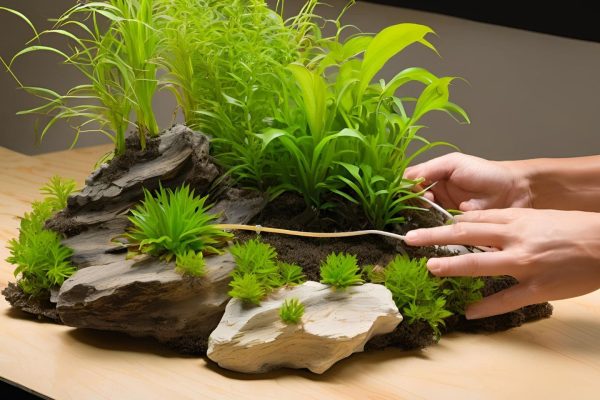
Planting and Maintenance
Preparing the Aquarium
Make sure that your tank is fully setup for suitable substrate and proper filtration. All rooted plants require some form of substrate such as gravel or a plant-specific substrate for rooting.
Planting Techniques
For rooted plants make sure the roots are covered but that crown (where leaves originates) needs to be above substrate when planted. The epiphyte plants are also tied up with rocks or driftwood.
Fertilizing and Feeding Plants
Neutrients Needed For Plants Supplementing them with liquid ferts, root tabs and CO2 injections can provide the necessary nutrients for growth. Remember to use a fertilizer if your plants require some extra nutrients.
Common Maintenance Tasks
Maintenance takes the form of regular trimming of overgrown plants removing any dead leaves and doing water changes. A well-balanced ecosystem encourages both the plants and fish to thrive together.
Common Aquarium Plant Species

Anubias
Anubias – These are slow-growers and provide a hardy option for those low-lit tanks. Most are great for novice hobbyists and will attach themselves to rocks or driftwood.

Java Fern
Another low to moderate light plant that is very hardy is the Java Fern. Aquascaping choice as it has a very distinct leaf structure
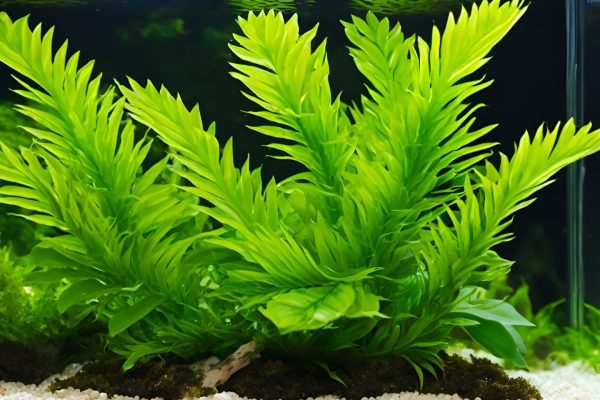
Amazon Sword
Next on our list, is the Amazon Sword — a rooted plant known for its ability to grow big enough that it often serves as an all-around centerpiece in similar tanks. The plant grows well in nutrient-rich substrates and moderate lighting.
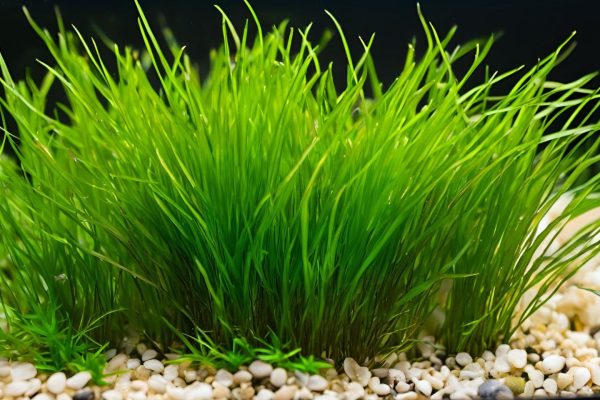
Dwarf Hairgrass
Dwarf Hairgrass is a widely known carpet plant used in aquascapes. Carpeting plant that grows a pretty green carpet over the substrate when given high light and CO2.
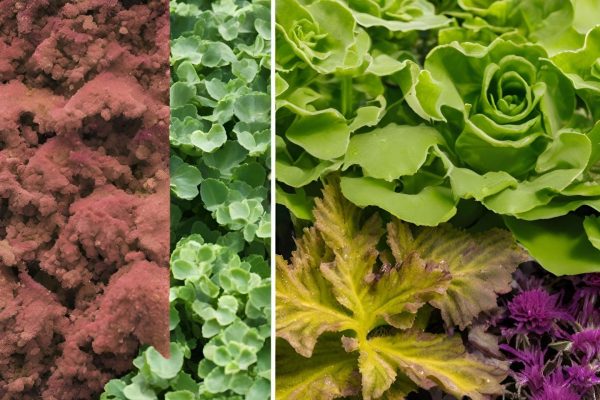
Troubleshooting Plant Issues
Algae Growth
If too much or little light and nutrients are added to a system algae can arise as an issue. To control this algae, reduce lighting and introduce a few fish that eat it.
Plant Health Problems
Yellow leaves or stale growth, etc….. would show up are common symptom. These could be symptoms of nutrient deficiencies, inadequate lighting or less than ideal water conditions.
Nutrient Deficiencies
If plants do not have the nutrients, they need to grow fruit is limited or development slows and leaves change color. By adding fertilisers and making sure that the CO2 levels are adjusted, will restore a healthy plant.
Expert Insights
Aquarium plants according to experienced aquarists are healthy when you adhere strictly with water parameters. Differences in water temperature, pH and hardness can stress plants growth. Beginners also been advised to grow sturdy species like Java fern and Anubias.
Future Outlook
Sustainability is becoming increasingly important in the aquarium hobby and new trends emerge with sustainable, slow-growing plant species propagated by fishkeepers at home as well through further developments of LED-technology where healthier plants require less energy to thrive.
Conclusion
Aquarium plants are beautiful and important component of a healthy ecosystem, aquatic or otherwise. Take the time to learn about different types of plants, how they benefit your tank and what care is necessary for them so you can establish a healthy underwater ecosystem. For everyone new to the hobby, starting with durable or low-maintenance plants is ideal when it comes to mastering how not to kill your human and experienced aquarists would be able on focusing on a more complex array of species available along with an aspiration of designing their layout.
